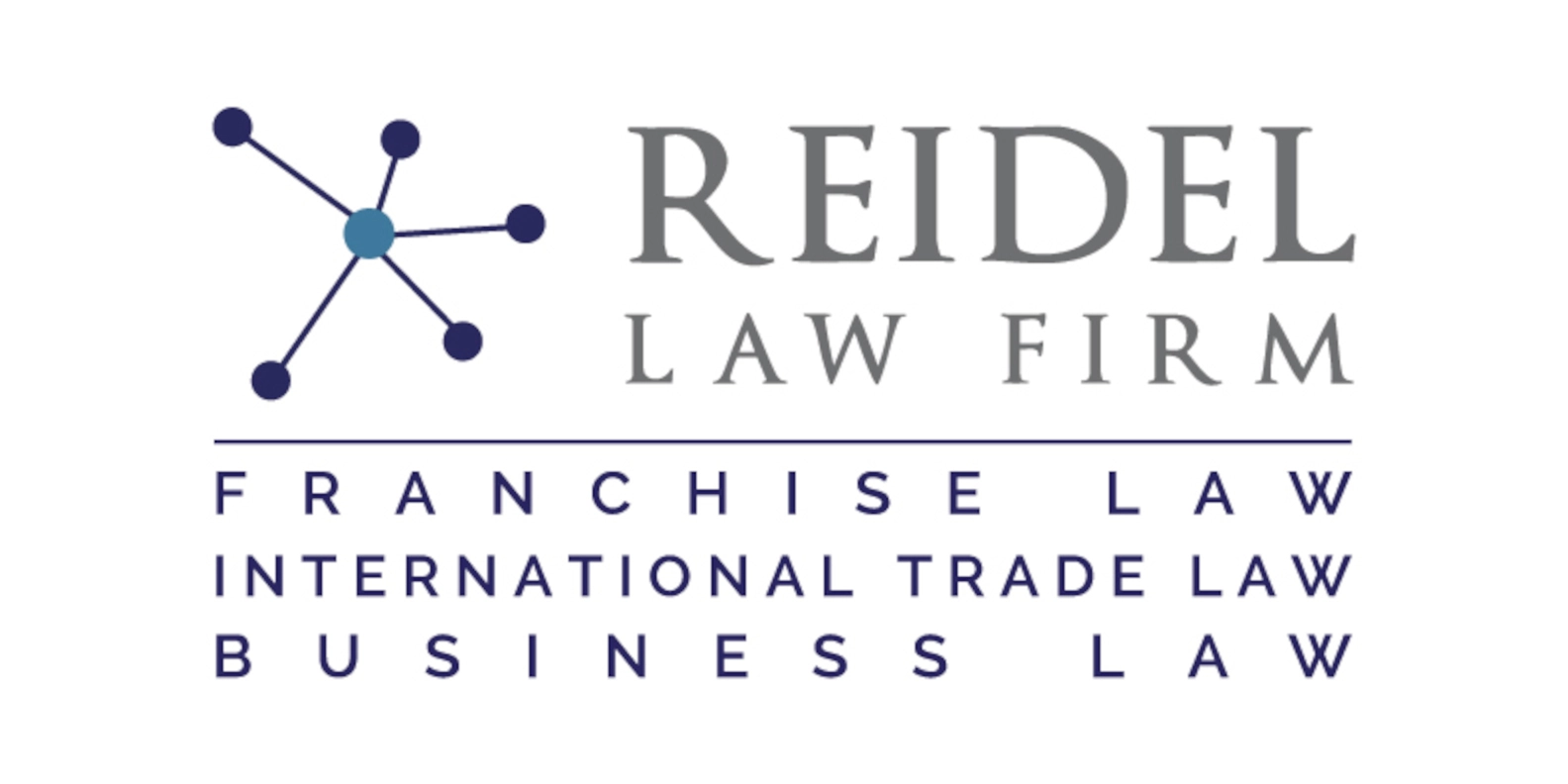In the world of international trade, understanding the complex system of codes and numbers that govern the movement of goods is essential. One such code that plays a pivotal role in exports is the Schedule B number. In this comprehensive guide, we will delve into the intricacies of Schedule B numbers, their importance in exports, and their relationship with other classification systems.
What are Schedule B Numbers and why are they important in exports?
Schedule B numbers, also known as Schedule B codes, are six-digit codes used to classify products for export purposes. These codes are administered by the United States Census Bureau and are based on the Harmonized System (HS), an international classification system for goods.
The primary purpose of Schedule B numbers is to provide a standardized way to identify and classify export products. This classification is crucial for various reasons. Firstly, it enables efficient data collection on exports, facilitating accurate trade statistics and economic analysis. Secondly, Schedule B numbers help customs authorities and government agencies determine the applicable export regulations and restrictions on specific products.
The Basics of Schedule B Numbers: A Comprehensive Guide
Understanding the basics of Schedule B numbers is fundamental in ensuring compliance with export regulations. Each Schedule B number corresponds to a specific product or group of products, allowing for precise classification. The first two digits of the Schedule B number represent the chapter, providing a broad categorization of goods. As we move to the next four digits, the classification becomes increasingly specific, providing a more detailed description of the product.
It is important to note that Schedule B numbers are used solely for export reporting purposes. They do not determine import duties or tariffs. Instead, import duties are determined by the Harmonized Tariff Schedule (HTS) code, which is based on the HS system.
How do Schedule B Numbers differ from Harmonized System (HS) Codes?
While Schedule B numbers are based on the HS system, there are some key differences between the two classification systems. The primary distinction lies in their scope of application. Schedule B numbers are specific to the United States and are only used for export reporting. On the other hand, HS codes are internationally recognized and used for both imports and exports.
Additionally, HS codes have a more extensive classification system, with eight to ten digits, enabling more precise product classification. This detailed classification is important for calculating import duties, determining trade statistics, and ensuring compliance with international trade agreements.
A Step-by-Step Process of Assigning Schedule B Numbers to Export Products
Assigning the correct Schedule B number to a product is a meticulous process that involves careful analysis and accurate classification. Here is a step-by-step guide to help you navigate this process:
- Identify the product: Begin by thoroughly examining the product and acquiring a comprehensive understanding of its key characteristics. Consider factors such as its composition, purpose, and functionality.
- Consult the Schedule B number list: The United States Census Bureau provides a detailed Schedule B number list, which can serve as a valuable reference point. Search for relevant codes that match the description of your product.
- Analyze product characteristics: Compare the characteristics of your product with the detailed descriptions provided for each Schedule B number. Ensure a close match and select the code that best represents your product.
- Check for any exceptions or regulations: Some products may be subject to specific export regulations or require additional documentation. Consult the appropriate government agencies to ensure compliance with any applicable requirements.
- Document the assigned Schedule B number: Once you have determined the correct Schedule B number for your product, document it accurately in your export documentation. This number will play a crucial role in customs clearance and trade statistics reporting.
Common Challenges in Determining the Correct Schedule B Number for Exports
Despite the guidance provided for assigning Schedule B numbers, there are several challenges exporters may encounter in the classification process. One common challenge is the complexity of product descriptions. Some products may have unique characteristics that make it difficult to find an exact match within the Schedule B number list.
Another challenge arises from the continuous evolution of product innovation. As new products emerge, their classification within existing Schedule B numbers may become ambiguous. Exporters must stay up-to-date with the latest changes and consult relevant authorities or industry associations for guidance.
The Impact of Incorrect Schedule B Numbers on Export Compliance
Assigning an incorrect Schedule B number to an export product can have significant consequences for export compliance. Incorrect classification can lead to various compliance violations, including incorrect payment of duties, incorrect reporting of trade statistics, delays in customs clearance, and potential legal issues.
Moreover, incorrect Schedule B numbers can cause disruptions in the supply chain, resulting in additional costs and loss of customer trust. To maintain a strong and compliant export operation, it is essential to prioritize accurate Schedule B number classification.
Best Practices for Accurate and Efficient Schedule B Number Classification
To ensure accurate and efficient Schedule B number classification, consider implementing the following best practices:
- Educate export staff: Provide comprehensive training to export staff on Schedule B numbers, their classification methodology, and the importance of accuracy in classification.
- Establish internal classification guidelines: Develop clear guidelines and procedures for classifying products using Schedule B numbers. This will provide a consistent approach across the organization.
- Regularly review and update classifications: Conduct periodic reviews of existing Schedule B number classifications to ensure their accuracy. Update classifications as new products or regulations emerge.
- Utilize automated classification tools: Leverage technology solutions specifically designed for Schedule B number classification. These tools can enhance accuracy and efficiency by automating the classification process.
- Maintain open communication with customs authorities: Establish a collaborative relationship with customs authorities, seeking their guidance whenever uncertainties arise in the classification process.
How to Conduct a Schedule B Number Audit for Export Compliance
Conducting regular audits of Schedule B number classifications can help identify any potential compliance gaps and mitigate related risks. Here are some steps to follow when conducting a Schedule B number audit:
- Collect export documentation: Gather all relevant export documentation, including commercial invoices, shipping documents, and customs declarations.
- Review classification accuracy: Verify the accuracy of assigned Schedule B numbers by comparing them to the product descriptions and characteristics indicated in the documentation.
- Identify discrepancies: Identify any discrepancies between the assigned Schedule B numbers and the actual product specifications. Evaluate the potential impact of these discrepancies on export compliance.
- Address compliance gaps: If any compliance gaps are identified, take immediate corrective action to rectify the classification errors. Update the Schedule B numbers accordingly and ensure accurate reporting of trade statistics.
- Maintain audit records: Document the findings of the Schedule B number audit and establish a record of the corrective actions taken. These records will serve as evidence of compliance efforts in case of any future audits or inquiries.
Leveraging Technology to Simplify and Streamline Schedule B Number Classification
The complexity involved in Schedule B number classification can be significantly reduced with the help of technology. Various software solutions are available that automate the classification process, utilizing advanced algorithms and databases to accurately assign Schedule B numbers to products.
By incorporating these technologies into export operations, companies can streamline the classification process, improve accuracy, and save valuable time and resources. These solutions leverage vast databases of product descriptions and constantly updated classification rules to ensure precise classification.
Key Differences between Schedule B Numbers and Export Control Classification Numbers (ECCNs)
While Schedule B numbers are specific to export reporting, Export Control Classification Numbers (ECCNs) are used for export control purposes. ECCNs are assigned to products that have potential national security or strategic significance and are subject to export controls, including restrictions and licensing requirements.
ECCNs are administered by the Bureau of Industry and Security (BIS) and are based on the Export Administration Regulations (EAR). The classification process for ECCNs involves a detailed analysis of product characteristics and the evaluation of potential risks associated with their export.
Understanding the Relationship between Schedule B Numbers and Import/Export Documentation
Schedule B numbers play a vital role in import and export documentation. They serve as a common language between traders, customs authorities, and government agencies. Including the correct Schedule B number on import and export documents is crucial for accurate customs clearance, transportation planning, and trade statistics reporting.
Exporters must ensure that Schedule B numbers are included in key documents, such as commercial invoices, packing lists, and customs declarations. The accurate representation of Schedule B numbers on these documents facilitates smooth trade operations and aids in the timely processing of goods.
Exploring the Role of Automated Systems in Ensuring Schedule B Number Accuracy
The ever-increasing volume of international trade necessitates the utilization of automated systems to ensure accurate and efficient Schedule B number classification. Automated systems specifically designed for this purpose employ advanced algorithms, machine learning, and artificial intelligence to accurately match products to the appropriate Schedule B number.
By reducing manual errors and enhancing productivity, these systems help businesses avoid compliance violations and expedite customs clearance processes. They free up valuable human resources that can be redirected towards other critical areas of export operations.
How Changes in Tariffs and Trade Agreements Affect Schedule B Number Classification
Changes in tariffs and trade agreements can have a significant impact on Schedule B number classification. Tariffs are taxes imposed on imported goods, and alterations in these tariffs can result in changes to the economic viability of exporting specific products.
Trade agreements, such as Free Trade Agreements (FTAs), often include provisions that require specific Schedule B numbers for goods to be eligible for preferential treatment. Exporters must remain updated on changes to tariffs and trade agreements to adjust their Schedule B number classifications accordingly and take advantage of any benefits offered under such agreements.
Unveiling the Importance of Regular Training and Education on Schedule B Number Classification
Regular training and education on Schedule B number classification are essential for maintaining accuracy, compliance, and efficiency in export operations. Export staff should undergo thorough training to stay informed about the latest classification regulations and procedures.
Training programs should cover topics such as the methodology of Schedule B number classification, key changes in classification rules, the impact of incorrect classification on compliance, and the utilization of automated tools for accurate classification. By investing in ongoing education, companies can foster a culture of compliance and empower their export teams with the necessary knowledge and skills.
In conclusion, Schedule B numbers play a vital role in export operations, ensuring accurate classification of products and adherence to export regulations. By understanding the intricacies of Schedule B numbers and implementing best practices in their classification, exporters can streamline their operations, maintain compliance, and navigate the complex landscape of international trade with confidence.



